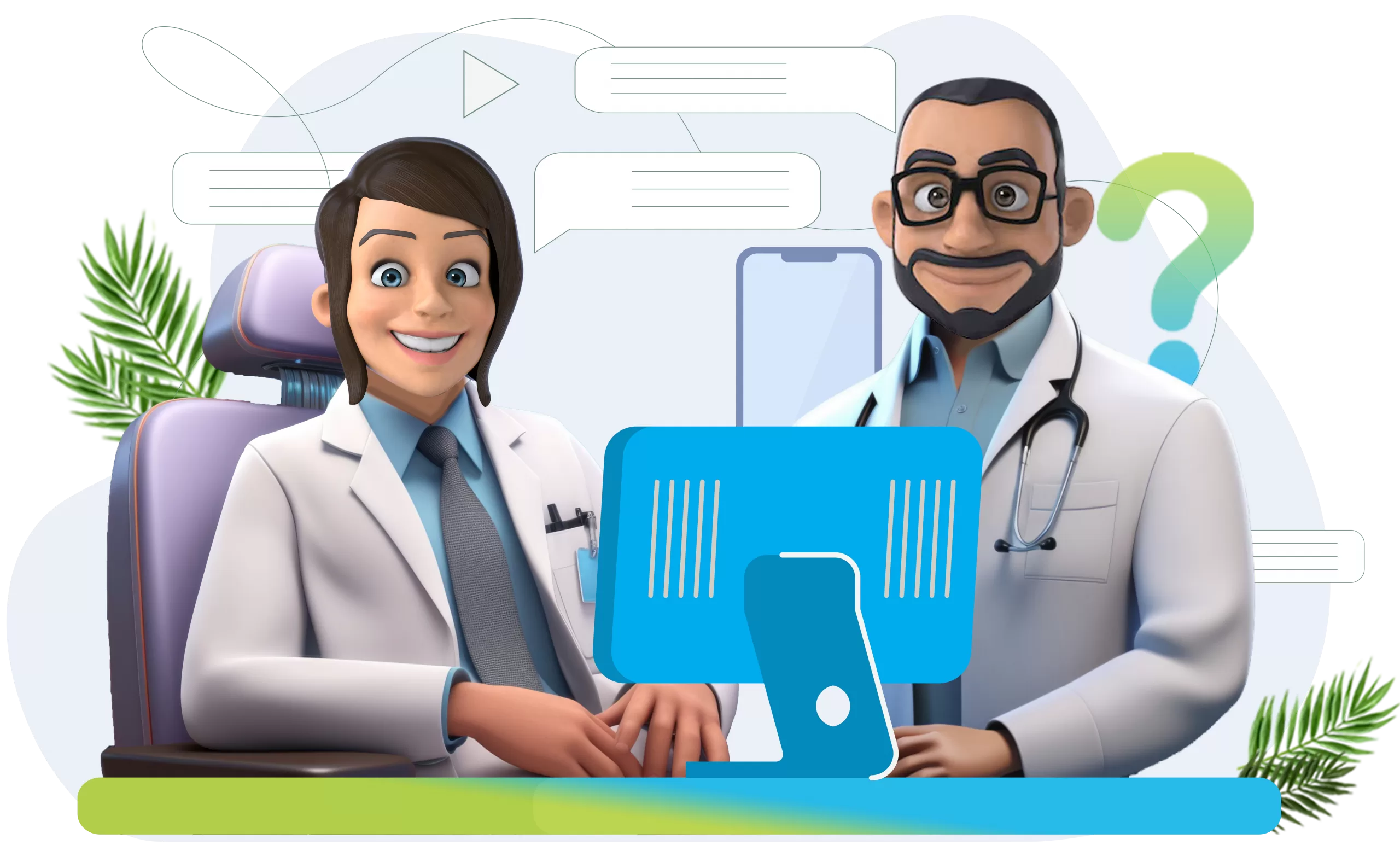Outcome-based education software can improve student learning outcomes in several ways:
- Tracking student progress: Outcome-based education software can track student progress and measure learning outcomes over time. This allows teachers to identify areas where students need additional support and to provide targeted instruction to help them improve.
- Personalizing instruction: The software can provide personalized education to students based on their individual needs and learning styles. This can help students to learn more effectively and achieve their learning goals more quickly.
- Providing feedback: Outcome-based education software can give the students immediate feedback on their performance, which can help them to understand their strengths and weaknesses and to identify areas where they need to improve.
- Supporting blended and remote learning: Outcome-based education software can support blended and remote learning by providing students with access to educational content and resources from any location. This can help to increase student engagement and motivation.
- Supporting formative and summative assessment: Outcome-based education software can support formative and summative evaluation by providing teachers with tools to assess student understanding and progress. This can help teachers to identify areas where students need additional support and to deliver targeted instruction to help them improve.
- Data-driven decision-making: Outcome-based education software can provide teachers and administrators with detailed data on student performance, which can inform instructional decisions and school-wide policies.
- Engage students: Outcome-based education software can engage students by providing interactive learning experiences, games, and simulations which can be more exciting and engaging than traditional teaching methods.
- Self-paced learning: Outcome-based education software can allow students to learn at their own pace, which can be especially beneficial for students with different learning needs.





